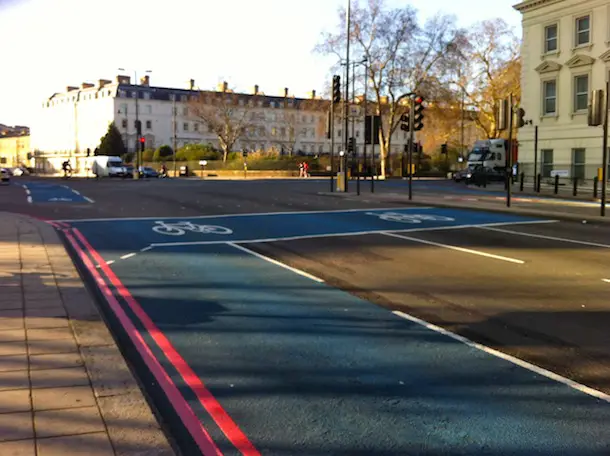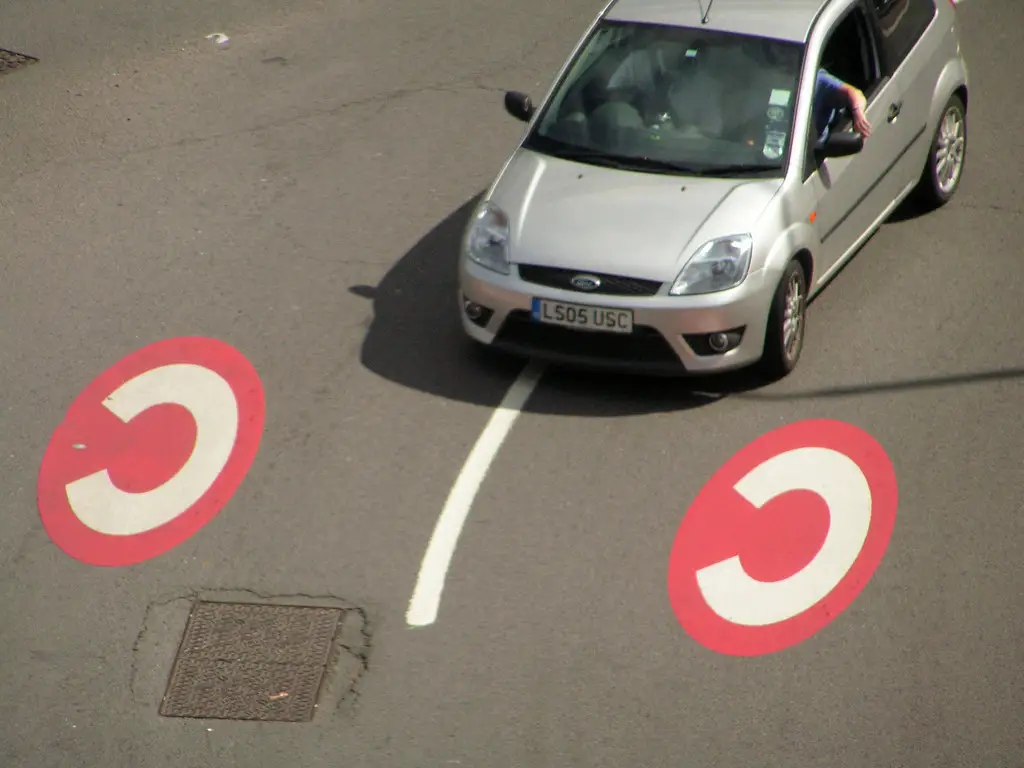In 1989, construction began on a development 30 kilometres (19 miles) from the South Korean capital of Seoul, aiming to create an urban region which specialised in print and publishing. And what better place to embark on a project like this than South Korea – an area of the world which saw the invention of print some 200 years before the Western world laid claim to it.
The team behind Paju Book City, as the town was named, imagined it as a ‘city of publishing’, and saw it as an attempt to reinstate South Korea as world leaders in the print industry. Heavily subsidised by the national government, Paju Book City contains publishing houses and printers, as well as excellent connections to nearby cities and airports.

Consolidating the publishing industry’s needs into one site might seem like an idea that works better in theory than reality, but the clear vision behind the project (as well as the generous subsidies) allowed Paju Book City to successfully grow over the last 23 years, with an abundance of unusual architectural design suggesting this unique concept has proved irresistible to many architects.
Though located on a massive 396,000 square metre site of reclaimed wetlands, Paju Book City aimed to be a highly sustainable venue – a contradiction which resulted in Paju Book City being memorably referred to as a ‘a territory of co-existence between nature and artificiality’ by Florian Beigel. Sadly, whilst the creative vision behind the development was strong, sustainability didn’t reach the same standard.

Despite the potential agglomeration benefits of having everything required by an industry close together, the city has yet to achieve a truly sustainable co-existence between nature and artificiality. In addition to being located on reclaimed wetlands, the site’s wind generators function inconsistently, with the development itself physically divided from the river that runs alongside it by an 8 metre embankment and motorway. Whilst these act as a barrier to floods and a connection with the rest of the country, physical division from a natural feature that once defined the area hardly seems like co-existence.

But while the sustainability credentials are less-than-ideal, Paju Book City continues to thrive economically. Now made up of over 100 buildings (and counting), the only thing that surpasses the site’s scale site is the originality of the architecture on display. In an attempt to regain global relevance, South Korea created an exciting cultural hub for an industry it began. And by opening its doors to architects from all over the world, Paju Book City has become a unique architectural achievement.


